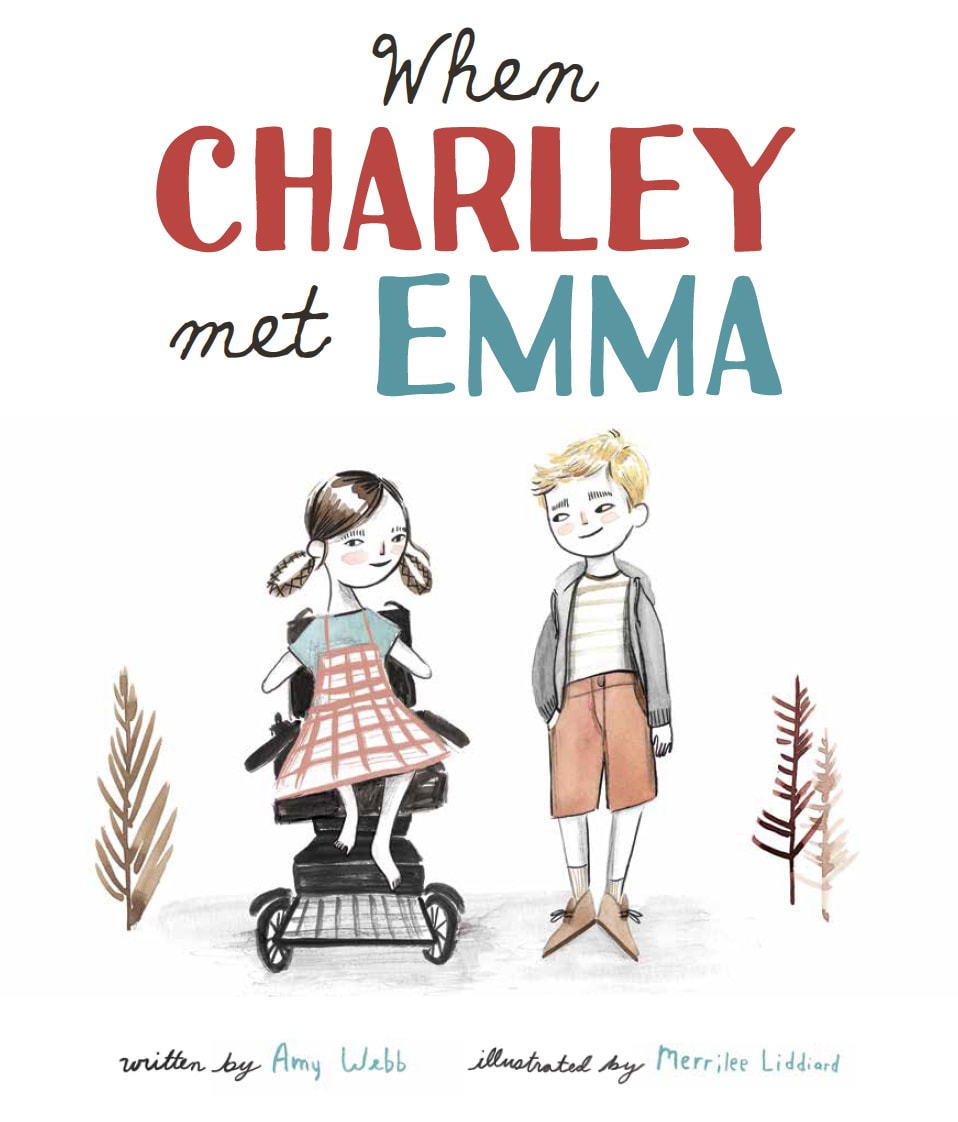I might have just lost three readers from the title of this post alone. Oh well. So this week I’m going to do a series of posts entitled, Things you probably don’t know about Mormons. This is the week before our General Conference where we get to hear talks from our Prophets, Apostles and other leaders. This happens twice a year and is honestly one of my favorite times of the year. It’s a bit of a time commitment (about 8-10 hours of talks in one weekend!) but well worth it. Therefore, as part of my personal preparation for conference I’d like to review and share some interesting and personally enlightening aspects of Mormonism. Some of these posts will be more doctrinally based, and some of it will be more about the structure of the church, but either way I hope you come away with a little more understanding and correct knowledge about our church and it’s people.
The first thing I’d like to talk about is Humanitarian aid. With the negative press we sometimes receive for our social and political stances I think most people don’t think of us as a church concerned with Humanitarian efforts. Nothing could be further from the truth. Because of the organization of the church it’s easy to get relief and aid to people on a large and small scale very quickly and very effectively. Whether it’s in response to a natural disaster where thousands of people are in need of food, shelter and medical aid, or a single family in need of short term assistance. Since it would take too long to compile all this information myself, I’m simply going to copy and paste a couple interviews/talks. This first interview comes from PBS’s website on their series they did a few years ago entitled The Mormons, read the full transcript here:
Can you talk about the remarkable efficiency with which Mormon relief efforts operate?
When Hurricane Andrew struck [in Miami-Dade County] in 2002, the stories went around that the Mormon relief trucks were on the way to Florida before the hurricane had even made landfall. In the Hurricane Katrina of 2005 we know that once again the trucks were there before the National Guard was even allowing relief through. So the response is incredibly fast, incredibly efficient.
In recent years especially, those relief efforts have been extended to not just members of the church, but anybody who’s in the midst of a disaster or crisis. In the past 20 years alone, the church has responded to over 150 major humanitarian crises around the world. They have provided relief and funds in locations as disparate as Kosovo, North Korea, Mozambique and Zimbabwe. There’s hardly a place on the earth where they haven’t been seen, providing relief and assistance, and it’s often through other, more established channels, like the Red Cross or the Salvation Army, but very often, as was the case in Africa, renting their own helicopters to speed relief to areas that were remote and hard to reach….
In April General Conference 2008, H. David Burton gave a more in depth account of the Church’s humanitarian efforts from the previous year. As a Latter-Day Saint it was good for me to hear that talk because we don’t often know where our tithing money goes, we don’t usually get to see the help and relief first hand that our church provides. I remember listening to this talk with tears in my eyes because I was so grateful to be a part, even a small part, of such a great force for good in this world. Here is an excerpt from his talk entitled And Who Is My Neighbor?:
Tonight the scripture passages “As ye have done it unto one of the least of these my brethren, ye have done it unto me” (Matthew 25:40) and “Remember in all things the poor and the needy” (D&C 52:40) take on special meaning as we review highlights of humanitarian endeavors during the past year.
A briefing on humanitarian assistance was recently given to the General Welfare Committee of the Church. The committee chair, then President Gordon B. Hinckley, expressed profound gratitude for the generosity of members and those not of our faith who have made this outreach possible.
In 2007 the Church responded to major earthquakes in 5 countries, massive fires in 6 countries, hunger and famine in 18 countries, and flooding and severe storms in 34 countries. In total the Church and its members responded to 170 major events—nearly one every two days for the entire year. It was a busy year with many opportunities to serve.
In addition to responding to natural disasters, we undertook thousands of public health initiatives during the year. Over 1 million people benefited from Church-sponsored clean water projects in 25 countries. More than 60,500 people received wheelchairs in 60 nations. Early this year Sister Burton and I, with the South America North Area Presidency, participated with the First Lady of Colombia in a wheelchair presentation. Tears came easily as receivers and their caregivers expressed their appreciation. In 11 countries, over 54,000 individuals now enjoy improved vision. Over 16,500 health-care professionals in 23 countries were trained in infant neonatal resuscitation; they, in turn, will train many others. In a quest to eliminate measles, 2.8 million children and youth in 10 countries received immunizations. The combined effects of these outreach endeavors directly touched nearly 4 million people in 85 countries.
Working with the World Health Organization to eliminate measles as a killer of almost a million children each year, over 54,000 Church members volunteered to help organize the effort. A Church member in Nigeria wrote: “I called our labor the ‘rescue of the innocent.’ We went house to house and village hall to village hall. A woman told us she had lost three children to measles. She told her story with such grace and passion that there was not a dry eye in the house, mine included.” Our volunteer observed, “The things you do for yourself are gone when you are gone, but the things that you do for others remain as your legacy.” 4
Our four-year effort to help those devastated by a tsunami in Indonesia and southern Asia also continued. Funding was provided to help build 902 homes, with 3 community centers, 24 village water systems, 15 schools, and 3 medical centers. A community leader said: “Community members feel happy and blessed to have the community center. … It is a place [where] we can pray … and teach the children. … Thank you to [the Church] for building this center for our people. … We will pray to God to give [the Church] blessings and success in the future. Thank you.” 5
In Ethiopia, communities helped to access clean drinking water. The Church drilled wells and constructed storage tanks. Communities organized a water committee and dug the trenches needed to pipe the water from the storage tanks to each village. In some cases this was a distance of over three miles (5 km).
Thank you for your compassion, your goodness, and your generosity. May we press forward to lighten the load of neighbors, encourage and assist the downtrodden, open our purses to assist the poor, and extend our helping hands. I bear witness of the divinity of the Lord Jesus Christ and His gospel and pray that we may continue to enjoy the blessings of true discipleship as we quietly reach out to others. In the name of Jesus Christ, amen.
In short, the church and it’s members are not perfect. We know that not everyone agrees with or even likes our doctrines and beliefs. But differences aside, I hope that at the core of our beliefs you see our effort to be more Christlike in word and deed. Please feel free to ask any questions you may have. In return I also ask that your comments/questions be considerate in nature–they usually are. 🙂




I grew up a Catholic and my best friend was Jewish. I celebrated her holidays with her family and she with mine. I had never heard of Mormonism till I moved to AZ in 1994. I have worked and lived side by side with Mormons since then. While I don't know or understand all your doctrines, I do know that Mormons live by their teachings more than other religious groups I know and they do not care if it's popular or not! Amen to that! My son's best friend is Mormon and his family has been a wonderful testament of your faith.
My husband and I were both raised LDS and have since left the church (simply because we don't believe the doctrine not because we hate it 🙂 and we have so much respect for the LDS church and the relief they provide. Even on a small scale, I have several friends that were provided food, clothing, even assistance with a roof over their heads when times were difficult. I am in support of any place that gives peace to one's soul and relief to the struggling world around them. That is what I imagine "Christlike" to be about.
Total agnostic here who would love to hear more about Family Home Evening – I've heard about it on other blogs written by Mormons and it sounds like such a great concept. Is it always the same night of the week? Do you make plans weeks in advance or spur of the moment? Do family members take turns picking the activity? I'd love to know all about it! Thanks in advance!
Miggy,
I loved every bit of this post! I'm grateful (and oh-so-happy!) to belong to the same Church as you. It brings me such JOY to witness the way our members come together to help provide both physical and spiritual relief to ANYONE in need. We all know that none of us are perfect, but if we are truly striving to be like Jesus Christ we can't go wrong!
Kiki and Mel–Thanks for your comments.
Anon–I'd love to talk more about Family Home Evening…FHE as we say. I'll definitely address that this week!
Adrie–yeah, good stuff right?
i heard about a newscaster who after Hurricane Katrina said, "we have had a ton of help from the Mormons and the LDS church is a close second"
we thought that was pretty funny.
i enjoy your blog! lamp and PSP are adorable!